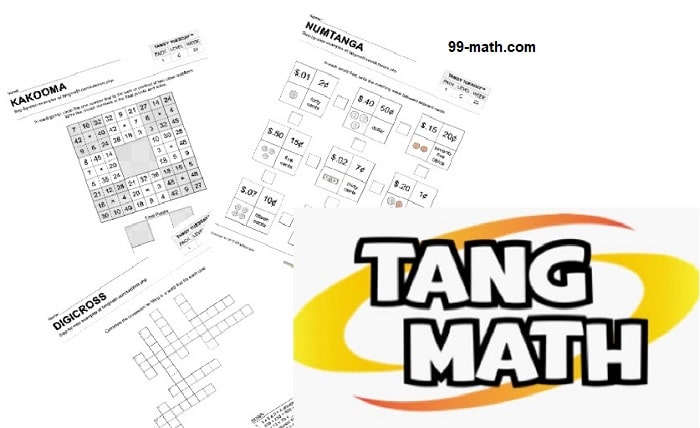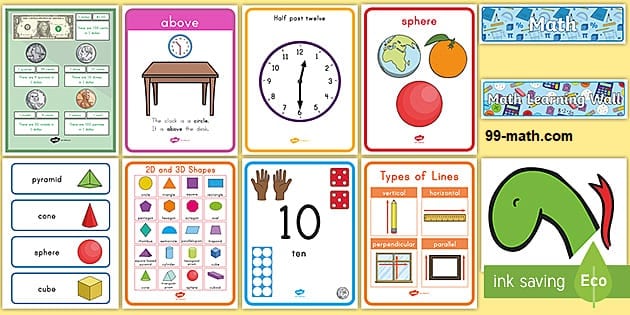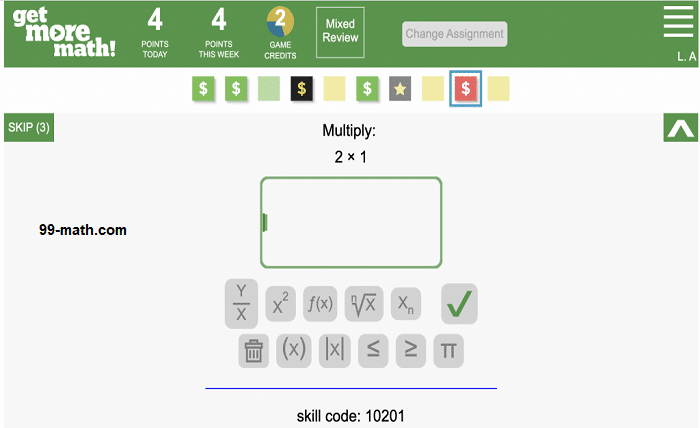Flipped Math Calculus: Revolutionizing Your Calculus Learning Journey
In the evolving landscape of education, innovative teaching methods are constantly being explored to enhance student engagement and comprehension. One such approach that has gained significant traction is the “flipped classroom” model. When applied to a complex subject like calculus, this method has the potential to revolutionize the learning experience. This article delves into the concept of flipped math calculus, its benefits, implementation strategies, and how it can transform your calculus learning journey.
Understanding the Flipped Classroom Model
The flipped classroom model inverts traditional teaching methods. Instead of delivering lectures in class and assigning homework for practice, this approach encourages students to engage with instructional content at home and utilize class time for interactive activities and problem-solving.
Key Components:
- Pre-Class Learning:
- Students watch video lectures, read textbooks, or explore online resources at home.
- This phase allows students to familiarize themselves with new concepts at their own pace.
- In-Class Activities:
- Classroom time is dedicated to applying concepts through collaborative activities, discussions, and hands-on exercises.
- Teachers act as facilitators, providing guidance and addressing individual queries.
Benefits of Flipped Math Calculus
1. Enhanced Comprehension
By engaging with new material at home, students can pause, rewind, and rewatch instructional content as needed. This flexibility allows for a deeper understanding of complex calculus concepts before applying them in class.
2. Active Learning
The flipped model promotes active learning during class time. Instead of passively listening to lectures, students engage in problem-solving, group discussions, and interactive exercises, leading to a more dynamic and engaging learning environment.
3. Personalized Support
With more class time dedicated to individual and group activities, teachers can provide personalized support to students. This one-on-one interaction helps address specific challenges and fosters a better understanding of calculus concepts.
4. Collaborative Learning
Classroom activities often involve group work, encouraging students to collaborate and learn from each other. This peer-to-peer interaction enhances problem-solving skills and fosters a sense of community among students.
5. Improved Retention
Engaging with content multiple times—first at home and then through class activities—reinforces learning and improves long-term retention of calculus concepts.
Implementing Flipped Math Calculus
1. Preparing Instructional Content
Creating high-quality instructional content is crucial for the success of the flipped classroom model. Teachers can record video lectures, curate online resources, and provide reading materials that cover key calculus topics.
2. Structuring Pre-Class Assignments
Pre-class assignments should be designed to ensure students engage with the material effectively. This may include watching specific video lectures, completing reading assignments, and answering preparatory questions.
3. Designing In-Class Activities
In-class activities should focus on applying calculus concepts through practical exercises, group work, and problem-solving sessions. Examples include:
- Collaborative Problem-Solving:
- Students work in groups to solve complex calculus problems, encouraging discussion and collaboration.
- Interactive Labs:
- Hands-on activities and experiments that demonstrate calculus principles in real-world scenarios.
- Conceptual Discussions:
- Class discussions that delve deeper into theoretical aspects of calculus, fostering critical thinking.
4. Utilizing Technology
Leveraging technology can enhance the flipped classroom experience. Tools such as interactive whiteboards, graphing calculators, and online collaboration platforms can facilitate effective teaching and learning.
5. Assessing Progress
Regular assessments are essential to gauge student understanding and progress. Formative assessments such as quizzes, in-class activities, and peer evaluations can provide valuable feedback and guide instructional adjustments.
Real-World Examples of Flipped Math Calculus
Several educational institutions have successfully implemented flipped calculus classrooms, yielding positive outcomes.
Example 1: University of Illinois
The University of Illinois at Urbana-Champaign implemented a flipped calculus model for its introductory calculus courses. The results showed improved student engagement, higher retention rates, and better overall performance compared to traditional lecture-based courses.
Example 2: High Tech High
High Tech High, a network of charter schools in California, adopted the flipped classroom model for its advanced math courses, including calculus. The approach led to increased student collaboration, deeper understanding of mathematical concepts, and enhanced problem-solving skills.
Tips for Students in a Flipped Math Calculus Course
1. Stay Organized
Keeping track of pre-class assignments, in-class activities, and deadlines is crucial for success in a flipped classroom. Utilize planners, calendars, and digital tools to stay organized.
2. Engage with Pre-Class Content
Actively engage with the pre-class instructional materials. Take notes, pause and rewind videos, and jot down questions or areas of confusion to discuss in class.
3. Participate Actively in Class
Take full advantage of in-class activities. Collaborate with peers, ask questions, and seek clarification from the teacher. Active participation enhances learning and understanding.
4. Practice Regularly
Consistent practice is key to mastering calculus. Work on additional problems, explore supplementary resources, and seek help when needed to reinforce your understanding.
5. Utilize Resources
Leverage available resources such as online tutorials, study groups, office hours, and tutoring services to support your learning journey.
Conclusion
Flipped math calculus represents a significant shift in the traditional approach to learning calculus. By inverting the instructional model and emphasizing active learning, personalized support, and collaborative activities, this method can revolutionize the calculus learning journey. With careful implementation and a commitment to engaging with the material, students can achieve a deeper understanding of calculus concepts, improved retention, and enhanced problem-solving skills. Embracing the flipped classroom model in calculus education holds the promise of transforming students into confident, capable mathematicians ready to tackle complex challenges.
Also Read:





